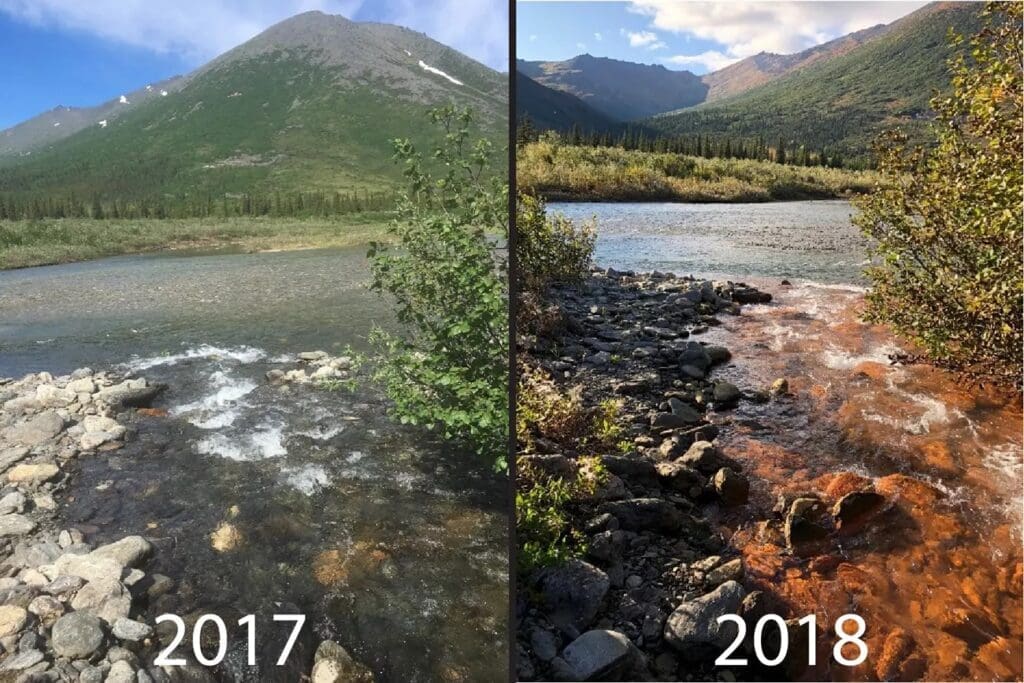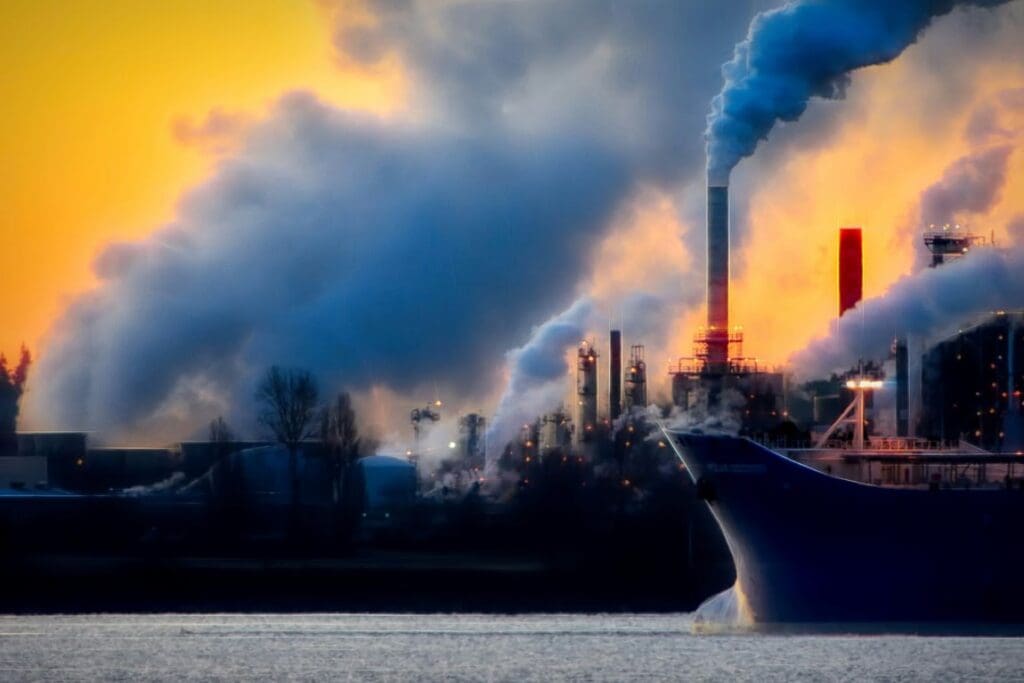Permafrost thaw unveils startling changes in water quality, posing threats to ecosystems.
In a concerning revelation, Alaska’s Arctic region is grappling with a striking environmental transformation as its rivers undergo a dramatic change in color, signaling potential repercussions for aquatic life and local communities. The Arctic, already a hotspot for climate change impacts, is experiencing accelerated warming, with permafrost thaw emerging as a key factor in the alarming shift.
The Salmon Wild & Scenic River, nestled within Kobuk Valley National Park, has become ground zero for scientists investigating the unfolding mystery. Once a pristine water body, the Salmon River’s waters turned from crystal clear to a vibrant orange-green during the summer of 2019, a transformation that has persisted for three consecutive summers. This phenomenon, observed in over 30 Arctic rivers, is raising concerns about the long-term health and sustainability of these critical ecosystems.
Permafrost, traditionally frozen ground, is thawing at an unprecedented rate due to rising temperatures in the Arctic. As a consequence, iron-bearing minerals, once locked in frozen soil, are being exposed to weathering and hydrologic transport. This process contributes to the mobilization of iron, turning rivers into hues of orange. Preliminary findings suggest that this discoloration is linked to increased acidity and turbidity, posing potential threats to the delicate balance of aquatic ecosystems.
The Salmon River’s transformation has prompted an interdisciplinary group of federal and university scientists to investigate the causes and consequences of this shift. Supported by a grant from the USGS-NPS Water Quality Partnership Program, their research delves into the impact of iron inputs on aquatic life. Initial results reveal a decline in benthic macroinvertebrate abundance and diversity, coupled with a significant reduction in juvenile Dolly Varden, a common fish species, raising concerns about habitat loss and the potential impact on subsistence activities.
Scientific American’s in-depth analysis sheds light on the intricate processes behind the discoloration phenomenon. Iron mobilization, specifically in the form of iron oxides like goethite, is identified as the culprit. This phenomenon is not isolated to the Salmon River but is widespread across Alaska’s Arctic, affecting national parks and adjacent public lands.

The increased iron in the water interacts with organic matter, altering the composition of dissolved organic carbon and contributing to the distinctive orange hue. The affected stream reaches are reported to be more acidic and turbid than their unimpaired counterparts, providing crucial insights into the profound changes in water chemistry.
As concerns mount over the fate of Arctic rivers, scientists intensified field sampling efforts during the summer of 2023. The aim is to unravel the causes and potential far-reaching consequences of the rusting rivers phenomenon. This ongoing research not only enhances our understanding of climate change impacts on Arctic ecosystems but also informs conservation strategies to safeguard these vital environments.
The implications extend beyond the Salmon River, as the Alatna Wild & Scenic River in Gates of the Arctic National Park also faces discoloration due to iron inputs. The pivotal question remains: Is this orange stream phenomenon a temporary state or a permanent shift in the water quality and health of these once-pristine Arctic rivers? The urgency to address the root causes and find sustainable solutions has never been more evident, as the Arctic’s delicate ecosystems face unprecedented challenges.
Article Source:
Press Release/Material by National Park Service (NPS)
Featured image: Tukpahlearik Creek in northwestern Alaska’s Brooks Range. Credit: Courtesy of Taylor Roades




